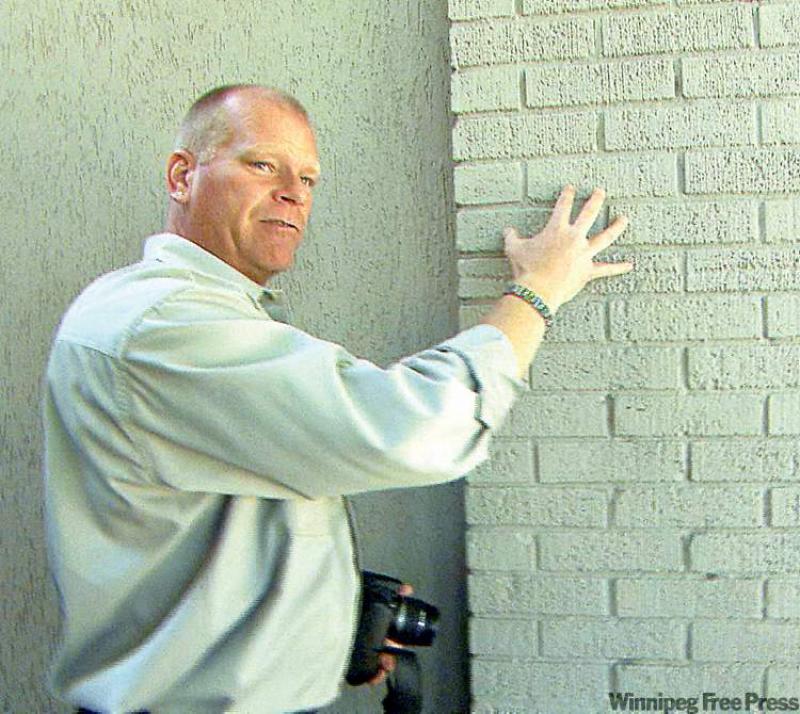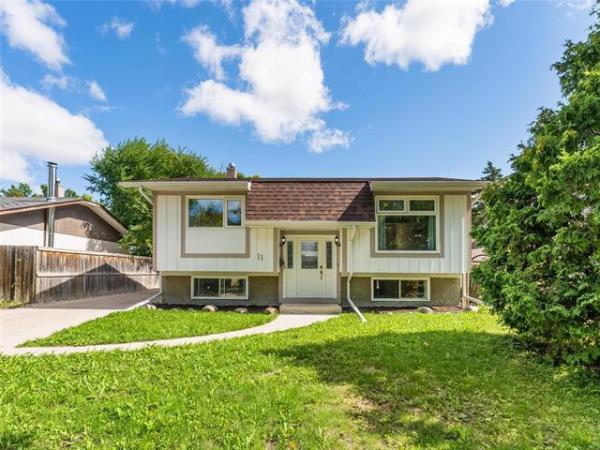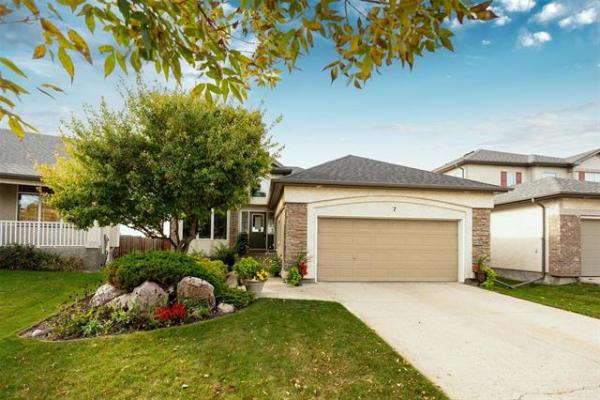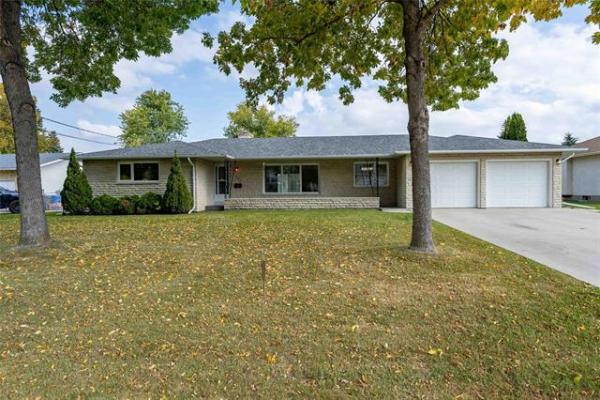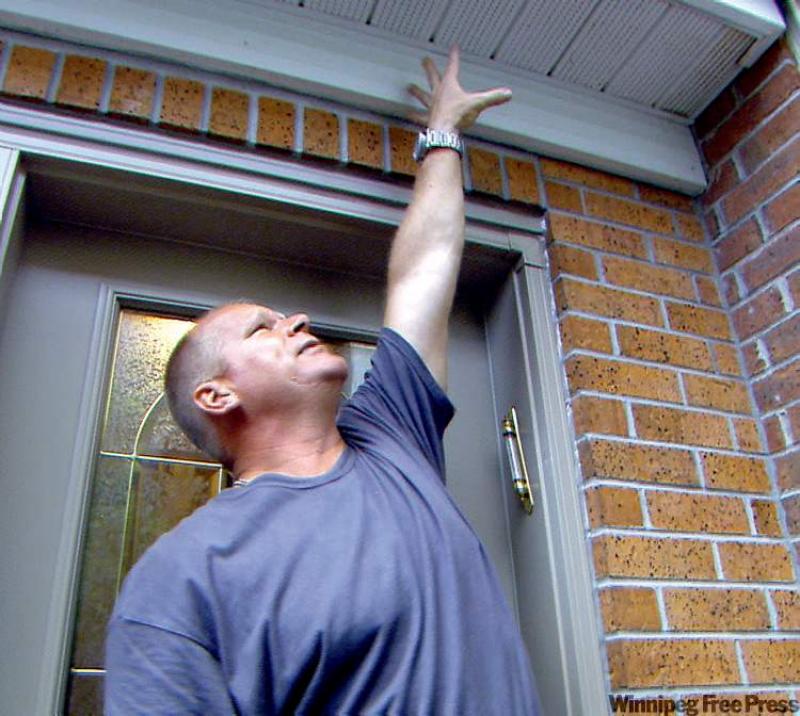
It seems like every year we hear about wildfires tearing through Southern California, destroying homes and property. Last year there were similarly huge blazes in Australia, and in May almost half of the entire town of Slave Lake Alberta burned down.
These fires start either by lightning strikes or by human carelessness and are spread by high winds, feeding on dry brush and any combustible material -- and that includes homes.
A tiny ember carried by the wind can land on a roof and set it ablaze in minutes. In a wildfire the wind is intense. It can travel up to 100 km/h and can carry embers for hundreds of meters.
Don't forget that fire can start anywhere -- in a subdivision in the suburbs, a densely populated city or a brush fire in the hills.
A single house on fire will produce embers that can blow onto neighbouring homes and spread. Sure, there's no dry brush to help feed the flames, and in cities firefighters have more resources, but the risk of flames spreading is the same.
A house fire can double in size every 30 seconds. Speed is the most important thing, you have to get you and your family out safely. Make sure you have at least one working smoke detector; having one with a dead battery is useless.
We can learn a lot from these wildfires about how to build houses better -- like building with materials that slow the spread of flame.
The first logical lesson is to limit the combustible materials used in a home's construction. Houses built from concrete or with brick veneer and with metal roofs will resist embers.
If embers are able to get into a typical house roof, it's going to catch fire. It's simple. Many building materials are treated with fire retardants, which helps slow the spread of flame, but doesn't it make sense to try and use products that won't burn at all? A metal roof will not catch fire.
However, we seem to be going the other way and letting cost make our decisions about safety. Vinyl siding and asphalt shingles are especially vulnerable to flame, but since they are relatively inexpensive materials we see them used more often in homes.
Asphalt shingles -- the most popular shingle used in houses today -- are made with petroleum byproducts and are usually on a felt paper backing; you can imagine how fast that will burn. Those shingles are nailed into wood sheathing, which is laminated with adhesives and glues, again, very flammable materials. Under that sheathing is wood framing and in many houses the attic insulation is blown in cellulose, basically shredded paper. Unless specially treated with fire retardants, all of that material can catch fire and it will catch fire quickly.
Building codes already include many regulations about building materials that are intended to limit flame spread through a home. But that's all minimum code, and there's no reason we can't build above code to make our homes that much safer.
Standard drywall, for example, is 1.25 centimetres, which has a fire rating of 30 minutes. That means it will take a flame that much time to burn through the drywall.
Using 1.6 centimetre drywall will increase that time to one hour. Using wood products for sheathing and framing that are treated to be fire resistant and using insulation that doesn't burn makes sense to me. If you want to use batt insulation, why not use a mineral batt that is non-combustible? The only reason is cost.
Most homeowners have no idea what is behind their walls, and they don't really care to know. They don't want to spend their money on what they can't see and would rather spend it on the surface finishes on the interior.
House fires cause billions of dollars in property damage every year and cause death and injury to homeowners and firefighters. Doesn't it make sense to build above code and spend money on products that will help protect your home and family against fire?
Catch Mike in his new series, Holmes Inspection, airing Thursdays at 8 p.m. ET/PT on HGTV. For more information, visit www.hgtv.ca. For more information on home renovations, visit makeitright.ca.

